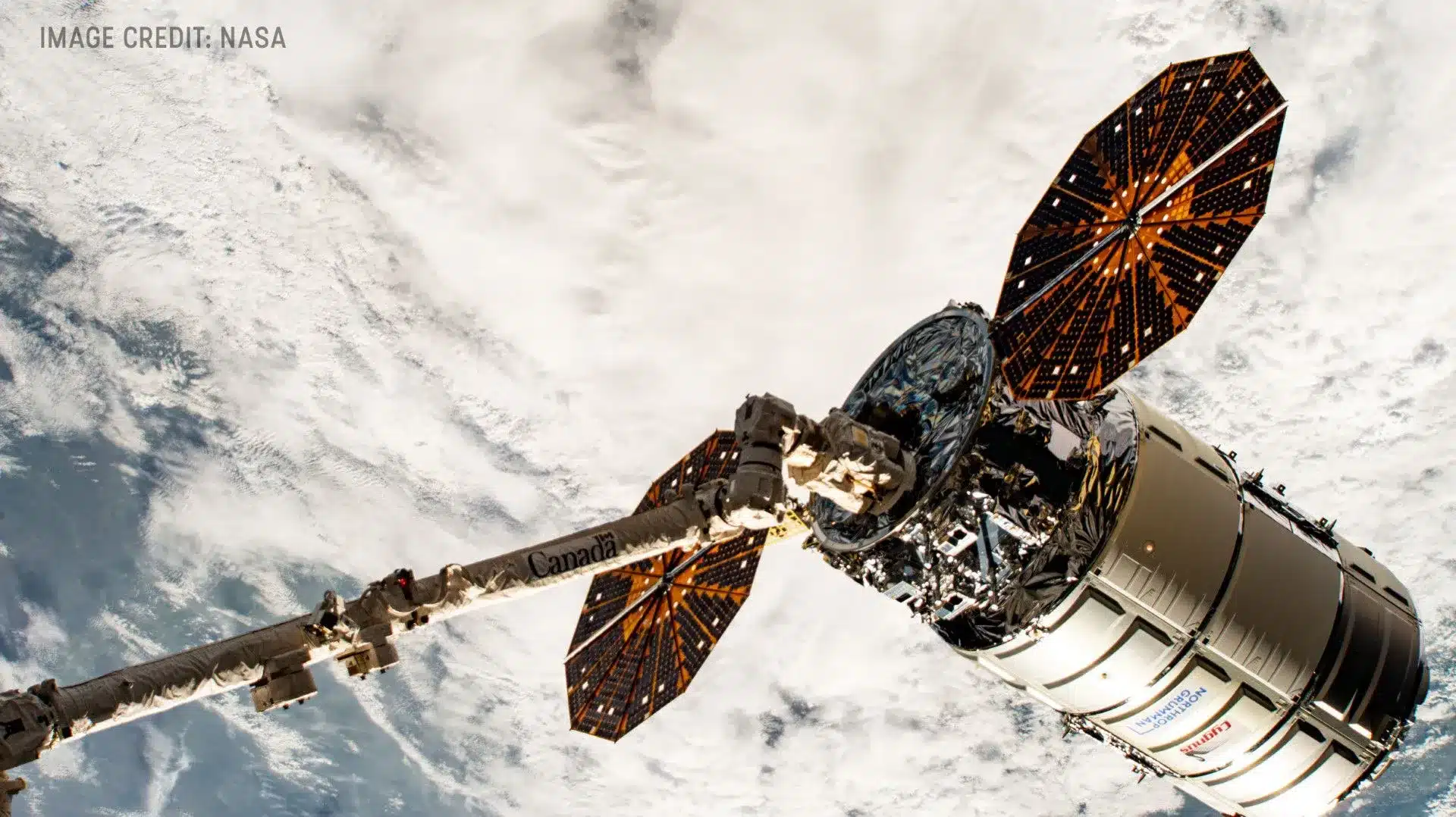About Binar Space Program:
- It is a satellite research program operating out of Curtin University.
- It aims to advance our understanding of the Solar System and lower the barrier for operating in space.
- The program began operations with its first satellite, Binar-1, in September 2021. This was less than a year into solar cycle 25 when solar activity was relatively low.
- In these conditions, the ten-centimetre cube satellite started at an altitude of 420 km and survived a full 364 days in orbit.
- The program’s follow-up mission – Binar-2, 3, and 4 – were three equally sized CubeSats. However, they were expected to last approximately six months owing to the extra surface area from new deployable solar arrays and a forecast increase in solar activity.
- As the Sun kicked into high gear, these three satellites burned up in the atmosphere much sooner than expected.
What is solar activity?
- It includes phenomena such as sunspots, solar flares and solar wind – the stream of charged particles that flows toward Earth.
- This activity is a product of the Sun’s ever-changing magnetic field, and approximately every 11 years, it completely flips. At the midpoint of this cycle, solar activity is at its highest.
- In the last few months, indicators of solar activity were more than one and a half times higher than predictions for this point in the current cycle, labelled solar cycle 25.
- Impacts:
- Higher solar activity means more solar flares and stronger solar wind – resulting in a higher flux of charged particles that can damage or disrupt electrical components on satellites.
- It also means an increase in ionising radiation, resulting in a higher dose for astronauts and pilots, and potential disruptions to long-distance radio communications.
- But for satellites in low Earth orbit, the most consistent effect of solar activity is that the extra energy gets absorbed into the outer atmosphere, causing it to balloon outward.
- As a result, all satellites less than 1,000 km from Earth experience a significant increase in atmospheric drag (This is a force that disrupts their orbit and causes them to fall towards the planet’s surface).
- Notable satellites in this region include the International Space Station and the Starlink constellation. These satellites have thrusters to counteract this effect, but these corrections can be expensive.
What is Space weather?
- Space weather refers to the environmental effects that originate from outside our atmosphere (mostly the Sun). It affects us on Earth in a variety of noticeable and unnoticeable ways.
- Space weather, and solar activity in particular, also creates additional challenges for satellites and satellite operators.
Q1: What are Solar flares?
These are large explosions that occur at the sun’s surface when twisted magnetic-field lines suddenly snap, emitting large bursts of electromagnetic radiation. Flares are our solar system’s largest explosive events. They are seen as bright areas on the sun, and they can last from minutes to hours.
News: As sun nears peak of solar cycle, small satellites are paying the price
Last updated on December, 2025
→ Check out the latest UPSC Syllabus 2026 here.
→ Join Vajiram & Ravi’s Interview Guidance Programme for expert help to crack your final UPSC stage.
→ UPSC Mains Result 2025 is now out.
→ UPSC Notification 2026 is scheduled to be released on January 14, 2026.
→ UPSC Calendar 2026 is released on 15th May, 2025.
→ The UPSC Vacancy 2025 were released 1129, out of which 979 were for UPSC CSE and remaining 150 are for UPSC IFoS.
→ UPSC Prelims 2026 will be conducted on 24th May, 2026 & UPSC Mains 2026 will be conducted on 21st August 2026.
→ The UPSC Selection Process is of 3 stages-Prelims, Mains and Interview.
→ UPSC Result 2024 is released with latest UPSC Marksheet 2024. Check Now!
→ UPSC Prelims Result 2025 is out now for the CSE held on 25 May 2025.
→ UPSC Toppers List 2024 is released now. Shakti Dubey is UPSC AIR 1 2024 Topper.
→ UPSC Prelims Question Paper 2025 and Unofficial Prelims Answer Key 2025 are available now.
→ UPSC Mains Question Paper 2025 is out for Essay, GS 1, 2, 3 & GS 4.
→ UPSC Mains Indian Language Question Paper 2025 is now out.
→ UPSC Mains Optional Question Paper 2025 is now out.
→ Also check Best IAS Coaching in Delhi

















